The Sordid Story of Dupont Circle's Underground Tunnels
(Source: Hunter Spears)
Have you ever noticed some strange stairwells that seem to lead underneath Dupont Circle? And before you ask, no, we’re not talking about the Metro. These stairwells lead to something else entirely, something with a long, peculiar, history.
The Short-lived Streetcar Tunnel (1949-1961)
the circle, two tunnels for streetcars snaked below
the outer ring of the circle.
(Source: Dupont Underground)
For the first half of the 20th century, streetcars were a critical piece of public transport, but by the 1940s more and more personal automobiles made their way onto the roads, resulting in congested traffic throughout the city. No place was worse for these backups than Dupont Circle, in part because the northbound streetcar went clockwise around the circle—the opposite direction to all other traffic. A community leader described the traffic situation as “a cancer that had to be operated on,”1 and operate they did.
The two-year project focused work on Connecticut Avenue, which accounted for 70% of the circle’s traffic.2 An underpass directly below the circle allowed automobiles to skip the circle altogether, but the most notable construction was a pair of concrete tunnels, each wrapping around one side of the circle, made specifically for streetcars.
the people of the District. (Source: Evening Star)
Although the first traffic began flowing through in late 1949, a formal dedication to the people of DC was held on May 16, 1950 and it was the most exciting tunnel opening party you never attended.3 Former First Lady Edith Bolling Galt Wilson released 100 racing pigeons as a “symbolic notification” of the opening (an early tweet?). As the birds soared overhead, a motorcade traveled below through the new tunnel, a dozen policemen on bikes flanked a truck which carried a one-ton model of the Liberty Bell, which was itself surrounded by young women in Colonial costumes.4 The night ended with folk dancing in the golden shine of the 73 streetlamps which had special bulbs installed for the occasion.5
Admittedly, it wasn’t a perfect solution. The occasional driver unfamiliar with the city (tourists in DC? Who knew!) mistook the trolley tunnel for a car tunnel, only to be greeted by the unwelcome sight of streetcar lights barreling towards them.6 Regardless, the general goodwill towards the underpass quickly soured when the streetcars, plagued by numerous problems, shut down a decade later in favor of bus routes.
in 1960, confirming that the passage is too narrow
to serve as a safe and effective bus route.
(Source: Evening Star)
As the streetcar tunnels were too narrow for buses,7 the $4.8 million ($60 million in 2023)8 project was largely obsolete by 1961, and the entrances were sealed up shortly after.9 Snarky observers hurled a slew of 1960s insults at the project, calling it a bugaboo, a white elephant, the blunderpass, and even a boondoggle.10, 11, 12 Bill Fuchs, a sports columnist for the Evening Star, found a way to diss both the poor performing football team and the underpass at the same time.
“The Redskins haven’t been doing too well in signing their draft choices. Perhaps they’re not using the right sales pitch. They might point out the obvious advantages of playing for Washington—lack of that horrible pressure that plagues winning teams, the good band music and the chance to see all the famous sights, like the Dupont Circle underpass.”13
Though the project and the engineers responsible for it had become a laughingstock, there was one thing locals were not laughing about in the 1960s- the threat of a bomb dropping on the nation’s capital, their home. The Cold War suddenly made that giant, enclosed space buried under eight feet of concrete seem a whole lot more worthwhile...
The Dupont Duck & Cover (1960s-1975)
Office fallout shelters. Is there anything more
mouth-watering than a carbohydrate supplement?
(Source: Office of Civil Defense)
In addition to over a thousand other basements and bunkers across the city, the Office of Civil Defense began filling the 75,000 square feet under Dupont Circle with all manner of survival supplies. By the mid ‘60s, the space was ready to accommodate some 3,000 people14 , the rails were stacked high with barrels of water, portable toilets, and literal tons of delicious sounding “Civil Defense survival biscuits”.15 Because bombs (fortunately) never fell over the capital, the shelter and the provisions were not used- not officially, at least. When Bangladesh was going through a famine in 1974, the US unearthed rations from fallout shelters all over the country to send as aid, including 20 tons of biscuits from beneath Dupont. During the removal, workmen found clear signs that some people had been utilizing the space for their own. Director of DC’s Office of Civil Defense, George R. Rodericks, acknowledged this was nothing new.
“On several occasions we’ve found people living down there. A few years ago we found a little apartment set up. They’d been eating the biscuits and using the portable johns. They had moved out already by the time we got there. But we saw plenty of evidence of what had been going on.”16
The Fraught Food Court (1995-1996)
Following the end of the space’s use as a bomb shelter in 1975, Mayor Walter E. Washington requested that the space be developed into a subterranean shopping center, but the city was not able to secure the funding.17 This was just one of many ideas pitched for the future of the two tunnels, ideas including a health club, a produce market, and perhaps most interesting of all, a columbarium- a keep for cremated remains akin to the catacombs of Paris.18 Despite the variety of possibilities, the tunnels remained vacant for two decades, until businessman Geary Simon discovered the space.
One reason none of the previous proposals were able to gain traction was that the actual residents of Dupont Circle were not included in any planning procedures, but Simon would not make the same mistake. Described by the Washington Post as “an affable, sandy-haired vegetarian who tools around town in a black Jaguar,” he put his people pleasing to work and secured local support for his proposal: a food court with vendors serving out of kiosks modeled like historic trolley cars.19 The cutesy theme sounded promising and after securing a 20-year lease, Dupont Down Under opened its doors- or stairs, rather, to the public in early 1995.20
Though cute in theory, some ideas are just better on paper. A Washington Post writer observed:
“It’s as fake as fake can be: The wheels of these definitively ersatz vehicles are made of flimsy, vacuum-molded plastic. Adding to the theme-park ambiance are the furnishings–wrought-iron tables and chairs fit for a backyard barbecue, and the inevitable pots with real plants that look machine-made. The lighting is unpleasantly cold, too.”21
Dupont Down Under lost their lease. This photo from
2011 shows the ghost town nature left behind.
(Source: Richard Bak, used with permission.)
The theme was simply not enough to make diners forget that they were eating food in a stuffy, dank tunnel. Though the food was probably better than survival biscuits, but maybe not by much. As one real estate developer recalled, “I went down there once and vowed never to go back.”22 The workers hated the lightless shifts as well, but what they hated even more was the shoddy job Simon had done in promoting the venue and attracting customers. Tenants went on a rent strike and eventually sued Simon for breach of contract. A year and a half after opening, the District canceled its lease with Simon.23
Bad business? Perhaps, but what the District didn’t know when they granted Geary Simon the lease was that he been convicted of fraud not once, not twice, but three different times. In fact, his most recent offense was conducted by telephone while serving time in prison for another fraud conviction!24
Suffice to say, Dupont Down Under was a low point in the already tumultuous history of the underground space. Once again, the tunnels were abandoned, but this time with a bunch of cheap food carts laying around like a gastronomic ghost town. Would this concrete beast ever find its purpose?
Dupont Underground – A Bright Future for a Sunless Space (2016-Present)
The final and current chapter in this subterranean saga began in 2005, when a designer and architect began to take notice of the nine staircases below the circle that we fenced off from the public. Not believing that they belonged to the Metro, Julian Hunt began to investigate, and soon discovered an underground world bursting with potential.
Exhibition film by Jack Solomon in collaboration with Lindsey May, University of Maryland, & Dupont Underground; for 'The Dupont Underground: Layered History & Possible Futures' Exhibition at the UMD School of Architecture, Planning & Preservation, 2023.
Hunt had recently returned to the states from Barcelona, where he had worked on projects transforming industrial wastelands into municipal parks, so the dilapidated Dupont underpass was practically calling out to him by name.
“It’s a general cultural issue. Coming from a city like Barcelona, and from Europe in general, there’s a greater cultural investment in public life and public space. You’re kind of working against the current here anyway. The care of public space … is just not evident here, not built in the public consciousness. It’s something we want to bring into debate.”25
Along with Lucrecia Laudi, Hunt's partner in design and life, they established the Arts Coalition for the Dupont Underground. They began fundraising and got early support from Dupont locals as well as accredited local arts institutions, such as the Hirshhorn Museum and the Phillips Collection.26
In 2014, they secured a five-year lease to operate a non-profit arts organization, and after plenty of tidying up, Dupont Underground debuted its first exhibit in April 2016.27 Two decades after the public was last allowed below, the first visitors descended the stairs to find themselves in an almost alien world. Thousands of white plastic balls, reused from an exhibit at the National Building Museum, formed structures throughout the tunnel, erected into towers and mazes along the abandoned rail tracks.28
musician Dante' Pope perform atop the trolley tracks.
(Source: Dupont Underground)
Since its debut, the Dupont Underground has been host to a truly diverse bunch of exhibits, some noteworthy ones include;
- DC’s first underground fashion show.
- Flashlight lit tours of the tunnel's history.
- Science dance parties.
- Underground theater, underground.
- Drag nights.
- Light shows.
- Jazz soirées.
- Gong baths.
- Silent disco yoga.
- Stand-up comedy.
- Re-Think Dupont Circle (2020 international design competition)
- Architecture & the Question of Democracy (panel discussion)
And that is just to name a few of the weird and wonderful experimental experiences that have taken place in the tunnel since it began its new life serving the arts. In addition to resurrecting a public space that deserved more than it got for decades, uplifting local artists is also a crucial part of the organization’s mission.29 Blake Johnson, a program manager for the Underground, explains how a past exhibit titled “The Gender Within”, demonstrated the unique opportunity the space offers the community.
“[The exhibit] was an open call for trans artists from the region to submit their work and be seen… that was really powerful for me. Those pieces got moved from this exhibition and they got put up in the Eaton hotel. So there were a bunch of artists who’d never had their work exhibited like that before put up in the Eaton hotel and Michelle Obama went there for that exhibit. We did that.”30
As Johnson notes, the Dupont Underground was able to take some artists whose work had never been showcased before, and get them in front of a former first lady. Despite success stories like that, the organization still faced its share of trouble.
(Source: Hunter Spears)
In 2019, when the original lease was approaching expiration, the organization was also facing fiscal troubles, owing some $150,000 to the city. However, with the support from the community as well as the city council, the District agreed to forgive the debt with the condition that the money be used instead to improve the space, such as by adding an ADA accessible ramp (which was completed in 2022). Along with the debt being forgiven, the District renewed the lease for another ten years.31
Remarkably, if the Dupont underground continues operating for the full length of the lease (into the spring of 2028), the tunnels under Dupont Circle will have been a center for the arts longer than they were a place for trolley cars, a milestone as unique as the setting itself.
These concrete tubes have seen many iterations in the past 80 years, a temporary streetcar station, a biscuit-laden bomb shelter, and a fraudster’s cheesy cafeteria. Perhaps, with the current tenants focused on creating a space by and for the community, this “boondoggle” ended up finding its purpose to serve the public good beneath Dupont after all32
Footnotes
- 1
"Underpass Still Has Critics, Boosters," Evening Star, October 23, 1949, A-7.
- 2
Clopton, Willard, "Bell Tolls for Dupont Streetcar Underpass," The Washington Post, December 10, 1961.
- 3
"Underpass Opens Tomorrow to Southbound Streetcars," Evening Star, December 13, 1949, B.
- 4
"Underpass at Dupont Circle Dedicated in Carnival Mood," Evening Star, May 16, 1950.
- 5
"Festival to Mark Opening of Dupont Underpass," Evening Star, A-30, May 3, 1950.
- 6
"Tunnel Terrors," Washington Post, February 28, 1957.
- 7
Eastman, Sam, "Dupont Circle Tunnels Eyed as Blast Shelters," Evening Star, November 26, 1961.
- 8
- 9
"Dupont Circle Sealing Job Starts Today," Washington Post, August 25, 1964.
- 10
"White Elephant," Evening Star, December 7, 1961 A-22.
- 11
"Capital Circle Goes From Elite to Beat," Los Angeles Times, November 9, 1966.
- 12
Farnsworth, Clyde H., "Digging Around Underground," New York Times, September 18, 1985, B8.
- 13
Fuchs, Bill, "Spotlight on Sports," Evening Star, January 22, 1962, A-15.
- 14
"Dupont Circle Sealing Job Starts Today," Washington Post, August 25, 1964, C2.
- 15
Feinberg, Lawrence, "Bangladesh Hungry to Get Biscuits Kept in CD Tunnel," Washington Post, September 14, 1974, D1.
- 16
Feinberg, Lawrence, "Bangladesh Hungry to Get Biscuits Kept in CD Tunnel," Washington Post, September 14, 1974, D1.
- 17
Mann, Judy Luce, "Mayor Asks Action on Legislation," Washington Post, February 9, 1975, D1.
- 18
Gately, Blair, "Dupont Circle Tunnels' Fate Still Up in Air," Washington Post, November 10, 1984, F12.
- 19
Grimsley, Kirstin Downey and Bahrani, Yasmine, "Dupont Circle Developer Popular Despite Convictions," Washington Post, April 22, 1994.
- 20
Forgey, Benjamin, "Dupont Down Under: Trolley Good," Washington Post, March 11, 1995.
- 21
Forgey, Benjamin, "Dupont Down Under: Trolley Good," Washington Post, March 11, 1995.
- 22
Turner, Lark, "DC's Planned Underground Hotel," Urban Turf, April 4, 2014.
- 23
Pressler, Margaret Webb, "D.C. Cancels Lease With Dupont Down Under's Developer," Washington Post, September 14, 1996, D1.
- 24
Grimsley, Kirstin Downey and Bahrani, Yasmine, "Dupont Circle Developer Popular Despite Convictions," Washington Post, April 22, 1994.
- 25
Baskin, Morgan, "A 'concrete shell': Turning an underground fallout shelter into a D.C. arts center," The GW Hatchet, January 12, 2015.
- 26 Lucrecia Laudi (Dupont Underground founder), in discussion with the author, April 29, 2023.
- 27
Shaver, Katherine, O'Connell, Jonathan, "Arts group signs lease to revamp abandoned Dupont Circle trolley station," Washington Post, December 16, 2014.
- 28
"Watch the opening of the Dupont Underground exhibit in 360º," Washington Post, April 29, 2016.
- 29
"About: Mission," Dupont Underground.
- 30 Blake Johnson (Dupont Underground program manager), in discussion with the author, April 29, 2023.
- 31
- 32
"Dupont Body Votes, 58-2, For Tunnel," Washington Post, December 7, 1937.


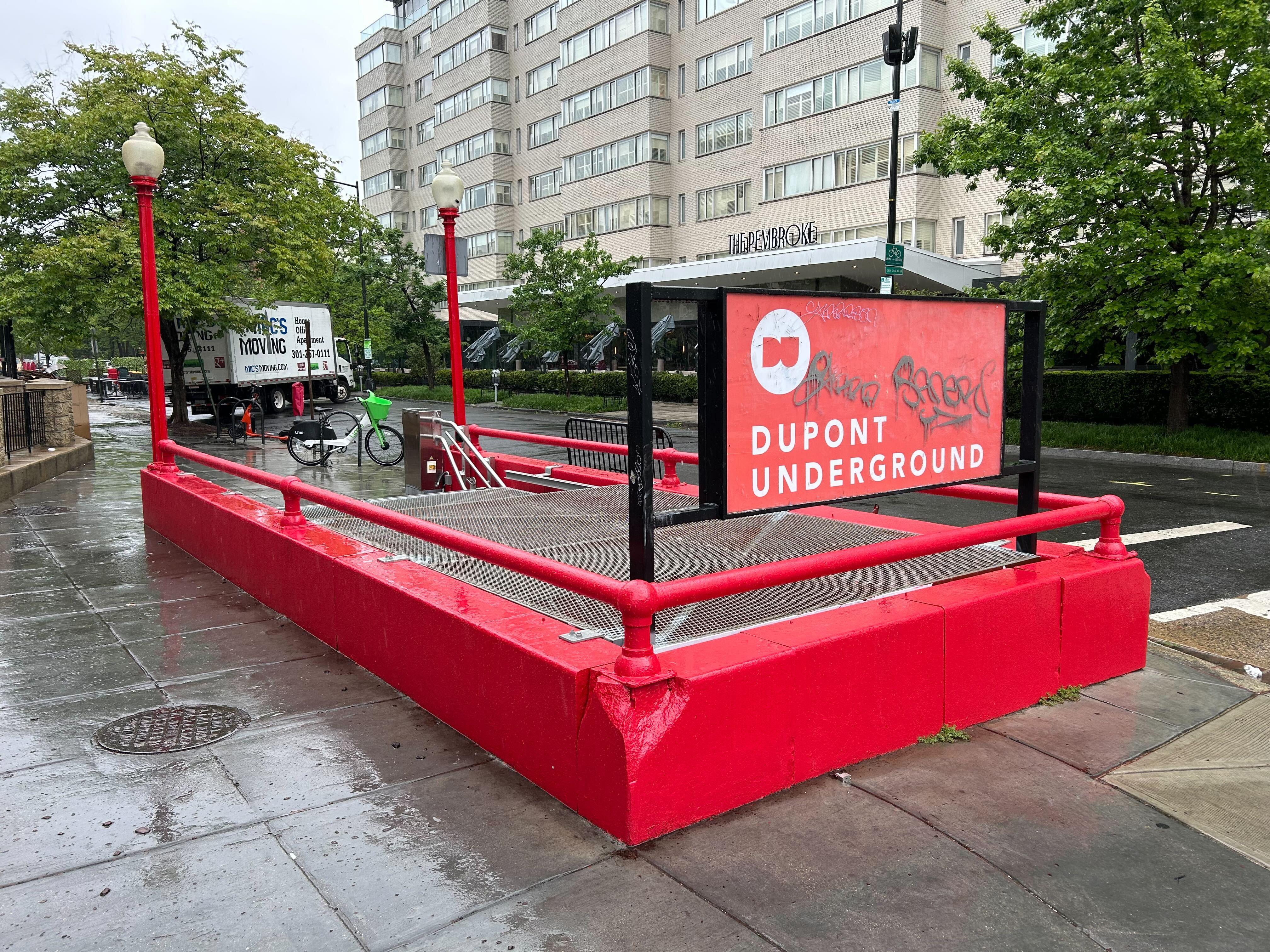
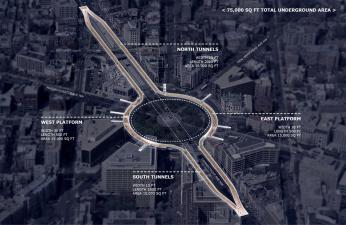
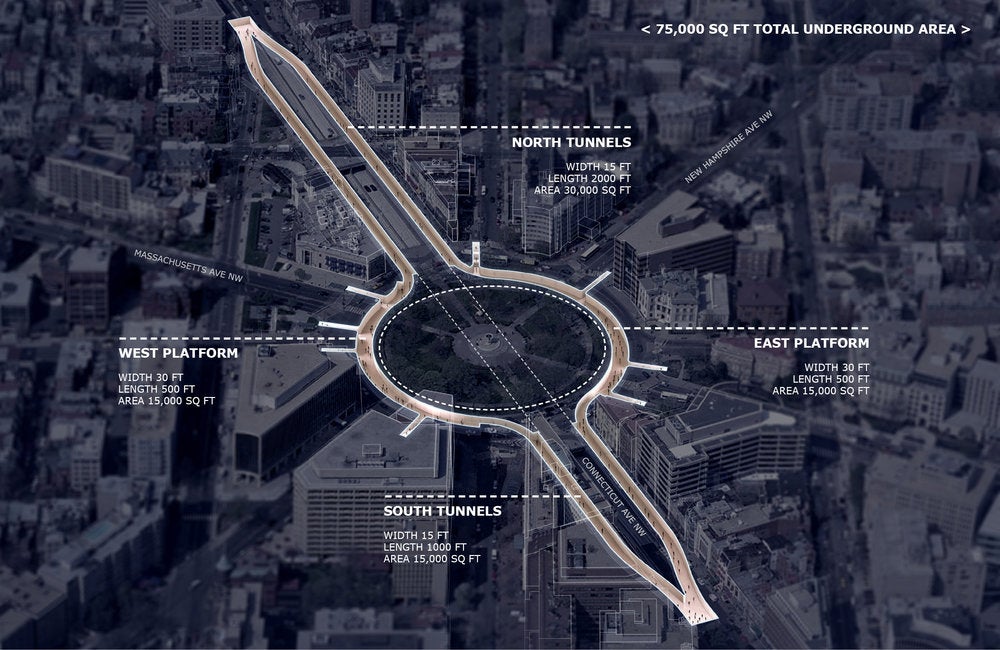
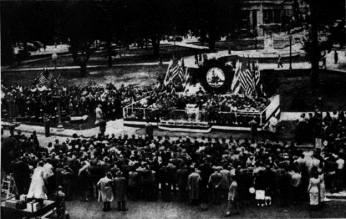
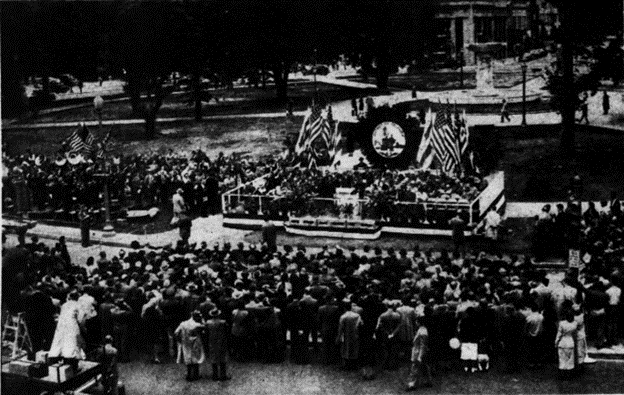
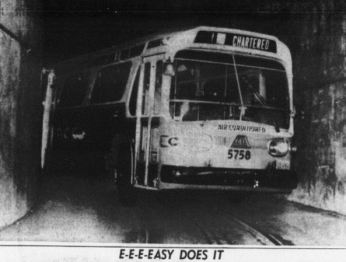
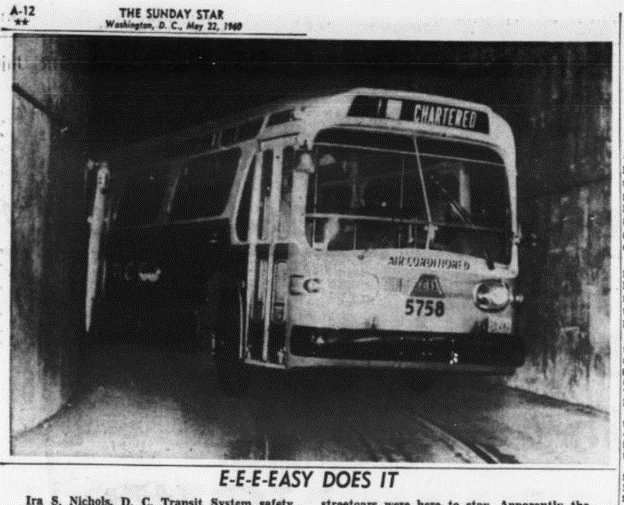
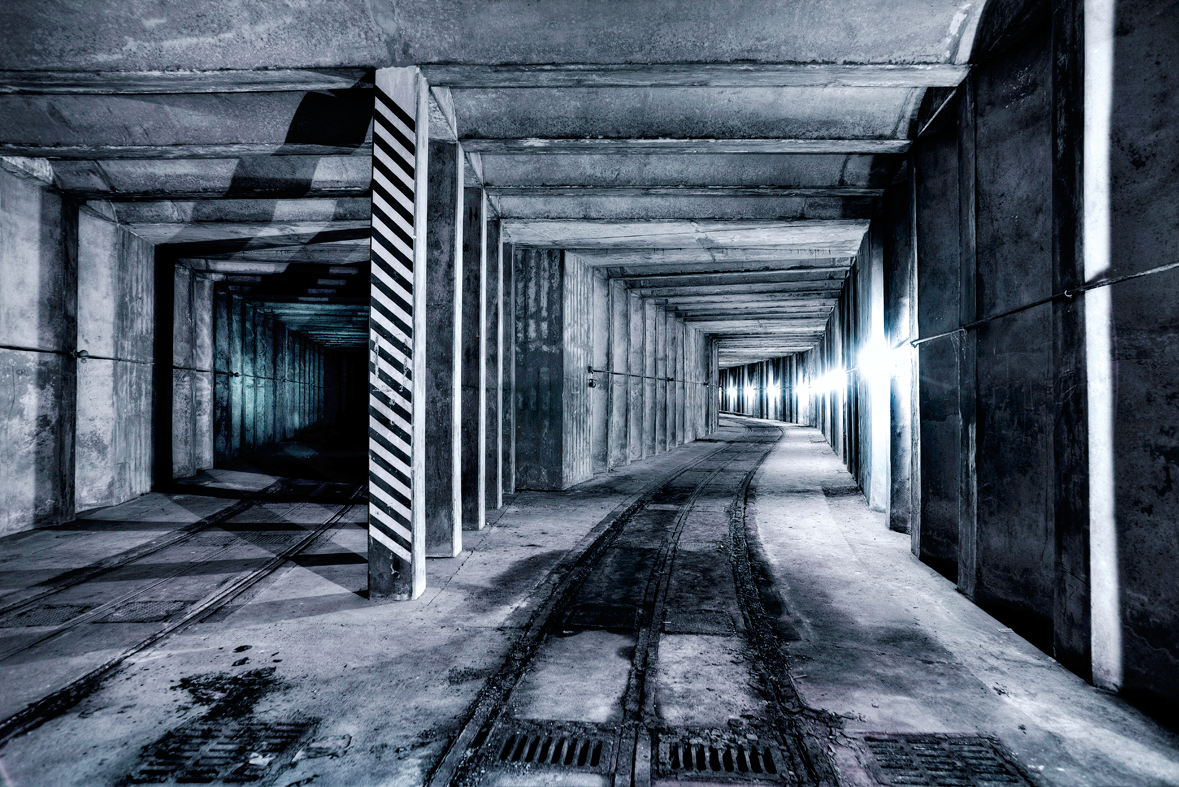
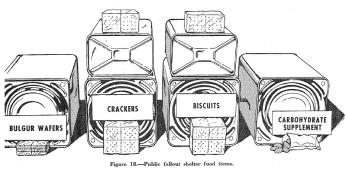
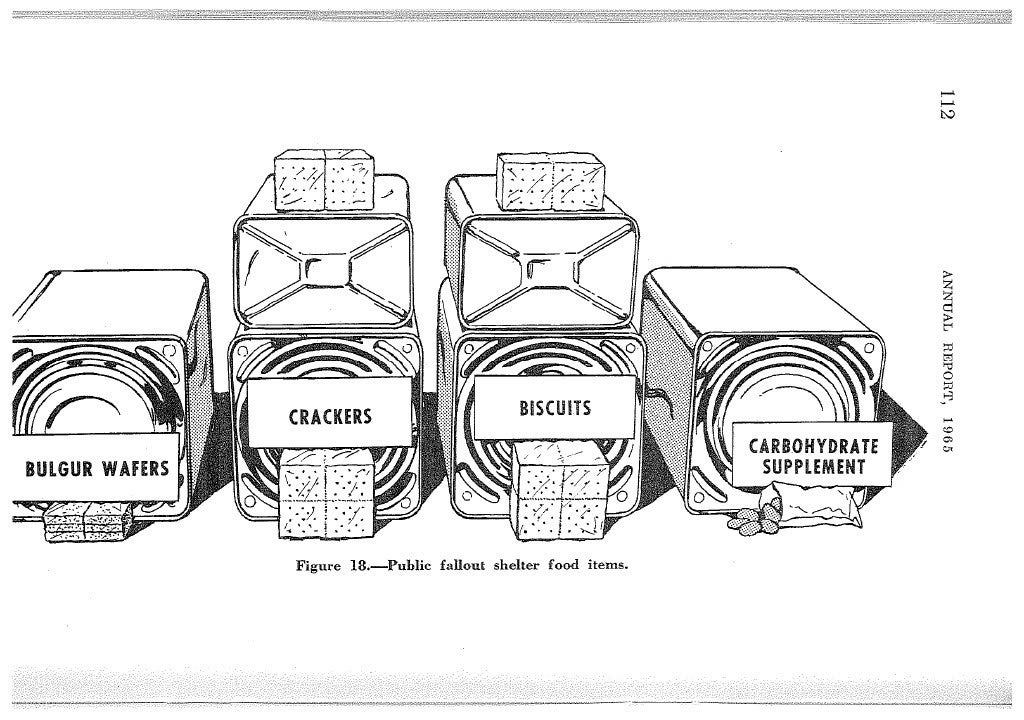
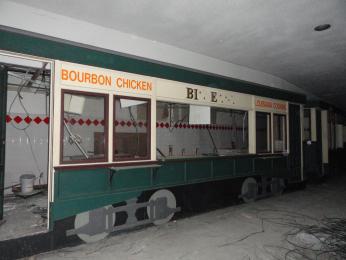
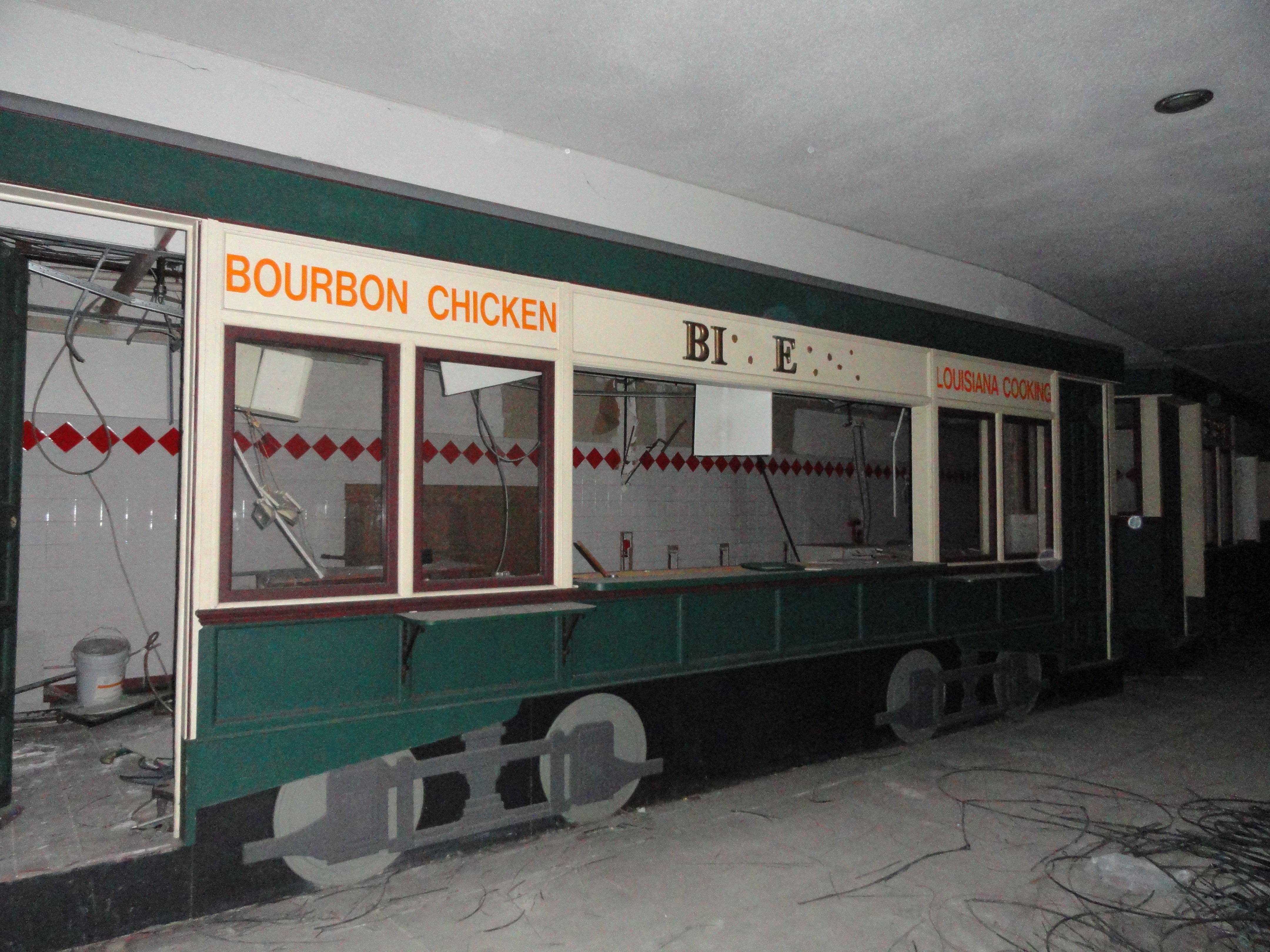
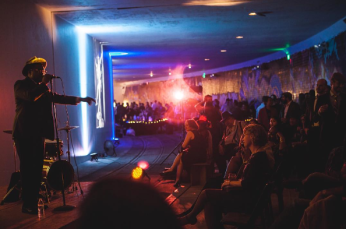
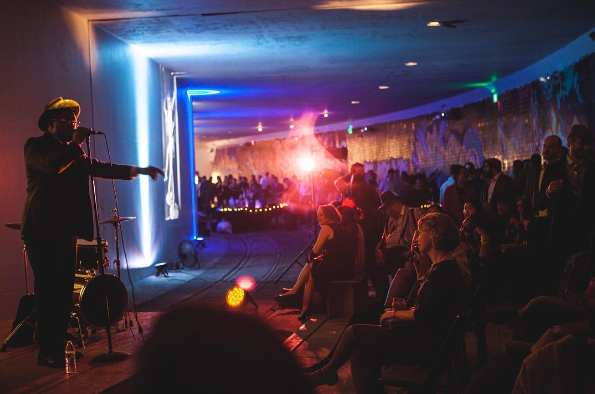
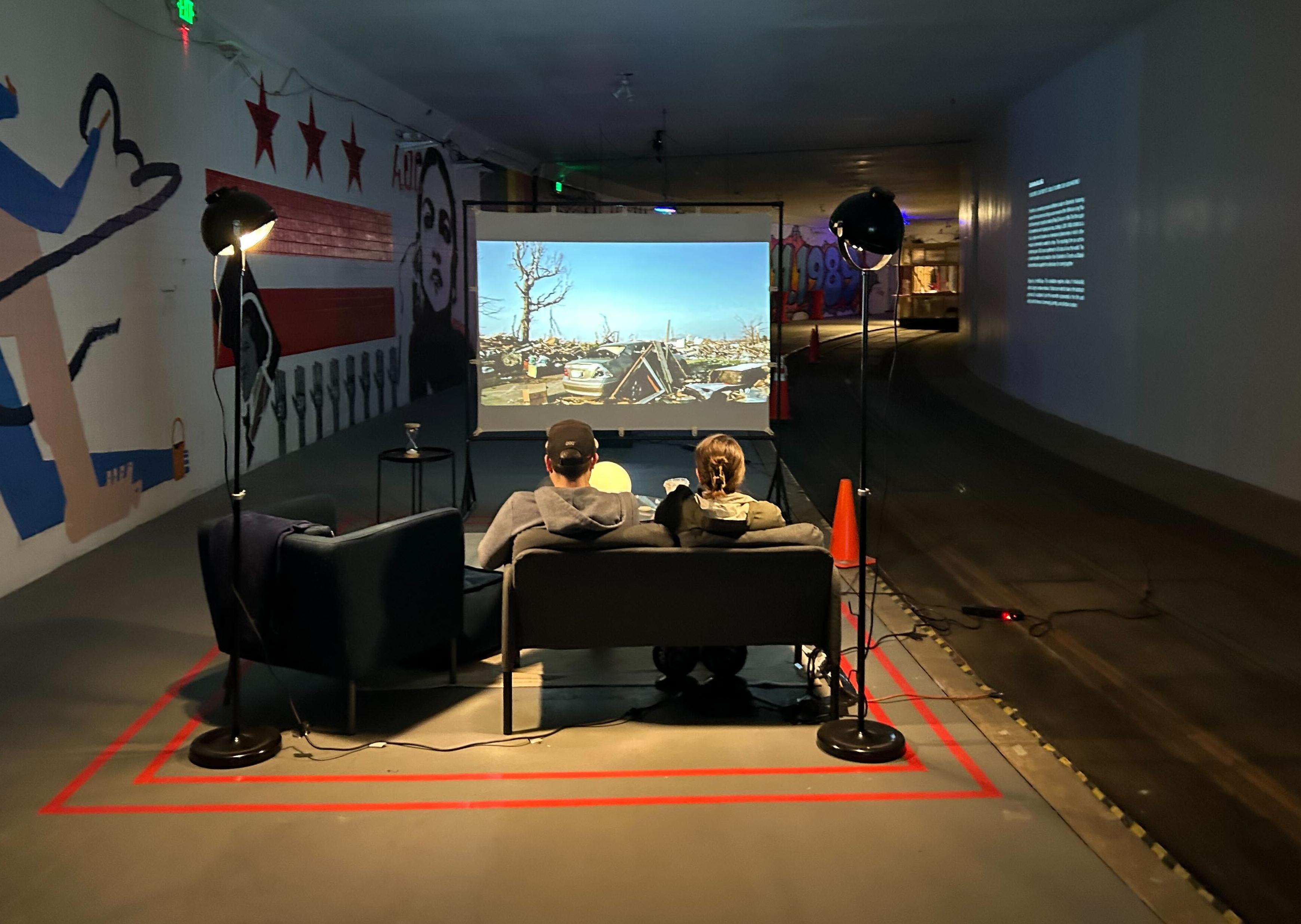
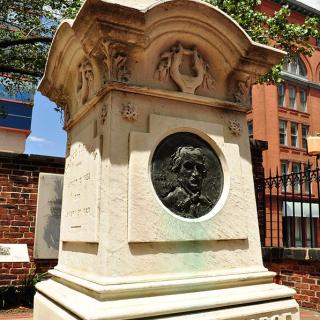
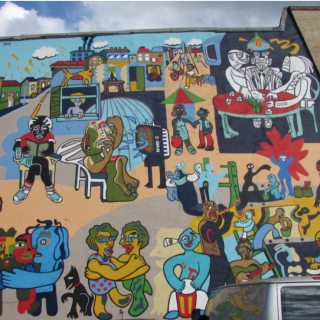
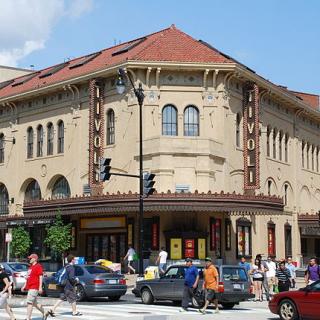
![Sketch of the mythical fuan by Pearson Scott Foresman. [Source: Wikipedia]](/sites/default/files/styles/crop_320x320/public/2023-10/Goatman_Wikipedia_Faun_2_%28PSF%29.png?h=64a074ff&itok=C9Qh-PE1)












